From the March 2023 issue of Apollo. Preview and subscribe here.
In 1616, Theodoor Rombouts instructed a notary in his native Antwerp to draw up a laissez-passer in preparation for his departure from the city. The certificate stated that he was a Catholic of good character, that there were no diseases prevalent in Antwerp, and that he was travelling in order to ‘visit other countries and learn languages’. Exactly which other countries he visited is not known, but by 1620 Rombouts (1597–1637) was in Rome, where he certainly learnt two languages: one was Italian and the other was artistic – Caravaggism.
At the time of Rombouts’ arrival in Italy Caravaggio had been dead for 10 years, but his influence on other painters was peaking. Rombouts was one of innumerable northern artists sojourning in Rome who absorbed and transmuted his art and over the next few decades helped make Caravaggism, with its startling chiaroscuro and unnerving realism, one of the dominant styles in European art.
In the wake of the modern cult of Caravaggio, the reputations of the Utrecht adherents (Hendrick ter Brugghen, Dirck van Baburen and Gerrit van Honthorst) and other foreigners of note (Valentin de Boulogne, Nicolas Régnier, Matthias Stom and Adam de Coster) have grown; Rombouts, however, has been rather left behind. The major exhibition of his paintings at the Museum of Fine Arts Ghent aims both to question and to repair that lack of critical appreciation.
‘Theodoor Rombouts: Virtuoso of Flemish Caravaggism’ makes a persuasive case for the painter, though not necessarily as a die-hard Caravaggist. It demonstrates his skill, but also how, on his return to Antwerp in 1620, he thought hard about Caravaggio’s developments and how to adapt them for the clientele of a region where Rubens reigned supreme.
Rombouts, the son of a tailor, trained first under Frans van Lanckvelt and then with the better-known Abraham Janssen, who had himself spent several years in Italy during Caravaggio’s lifetime and had been influenced by him; so Rombouts was in a responsive state of mind when he headed south. One of the few dated works from his stay in Rome is a three-quarter-length Saint Sebastian (c. 1622–24), which, while it shows the influence of the new tenebrism, is as much indebted to Guido Reni’s more classical variations on the subject. Hanging next to the painting is a second treatment of the saint, painted in c. 1635, by which time Rombouts had moved on, swapping chiaroscuro for Rubensian colour and a bright landscape background.

Backgammon Players (1634), Theodoor Rombouts. North Carolina Museum of Art, Raleigh
His most purely Caravaggesque picture was made shortly after his return from Rome: The Denial of Saint Peter (c. 1625), painted a wide, horizontal canvas. It is a clever paraphrase of Caravaggio’s The Calling of Saint Matthew (c. 1600) in the Contarelli Chapel in San Luigi dei Francesi in Rome, and shows Rombouts testing himself in the new idiom. The saints may differ in the two works but the groupings, narrative drama, colouration, gestural potency and separation of the divine and temporal are very similar.
Nevertheless, he quickly rejected this austerity in favour of large genre scenes – of card and backgammon players, merry companies and musicians – inspired by Caravaggio’s works of the 1590s and those of his most dedicated disciple, Bartolomeo Manfredi. They quickly brought him great success and in 1628 Rombouts was elected dean of the Guild of St Luke, the painter’s guild.
Rombouts treated his subjects as if they were scenes from a play. The pictures may be full of moral messages – about drunkenness and excess, vanity and mortality – but he set out to entertain as well as educate his elite burgher patrons. In Backgammon Players (1634), for example, a sumptuously dressed man and woman play the game surrounded by a lively crowd. The table is tilted so that the state of the board can be seen, the setting has the columns of a Van Dyck swagger portrait, the man’s clothes – gold, flame red and white – display Rombouts’ fascination with materials, the onlookers are varied in their ages and expressions, and the look that links the two players is mirrored by the children at their feet. Indeed, the players are thought to be portraits of Rombouts and his wife, and their daughter one of the children.
There is a lot going on but it is not a painting about duplicity, licentiousness and inherent danger – as is, say, Caravaggio’s Cardsharps of 1594 – but about curiosity, conviviality and even the ability to nurture amity that the game possessed according to treatises of the time. Van Dyck, who made pendant portraits of the painter and his wife and daughter around 1632, described Rombouts as a ‘painter of the human figure’ and this picture, like others in the same mode, is as much about the human form as the human condition.
Rombouts used this facility to strong effect in other genres too. The exhibition includes a large, richly coloured Descent from the Cross (c. 1628–30), from St Bavo’s Cathedral in Ghent, full of richly clothed figures in a selection of poses depicting bodies from every angle, with a Christ in the middle so pale that he is almost evanescent. The picture is deeply indebted to Rubens’s 1612–14 painting of the theme in Antwerp Cathedral, but whereas that work is also a bravura exercise in religious feeling, Rombouts’s, for all its immaculate composition, is emotionally somewhat inert.
Though the painting shows that he could work outside genre scenes, it also provides evidence that grander works with a higher emotional register were not his natural metier. He was clearly more at home with a theme such as The Tooth Puller (c. 1625), in which he could seamlessly combine portraits, tronies (studies of facial expressions), still lifes and picaresque action. This painting proved so popular that no fewer than eight versions are known.
This exhibition succeeds in its aim of bringing a neglected painter of great accomplishment back to notice. It also reveals his gift for assimilation, the very trait that makes him hard to categorise. Rombouts died at just 40, and judging by what he had already achieved, there would have been more styles to come.
‘Theodoor Rombouts: Virtuoso of Flemish Caravaggism’ is at Museum of Fine Arts Ghent until 23 April.
From the March 2023 issue of Apollo. Preview and subscribe here.
Unlimited access from just $16 every 3 months
Subscribe to get unlimited and exclusive access to the top art stories, interviews and exhibition reviews.


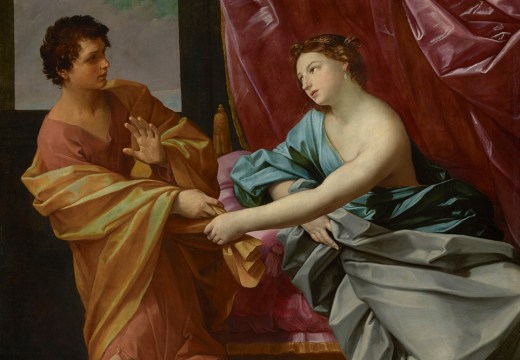
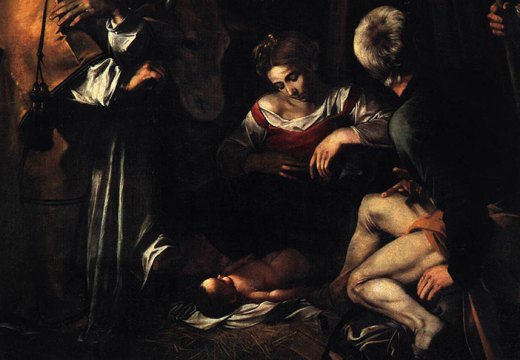
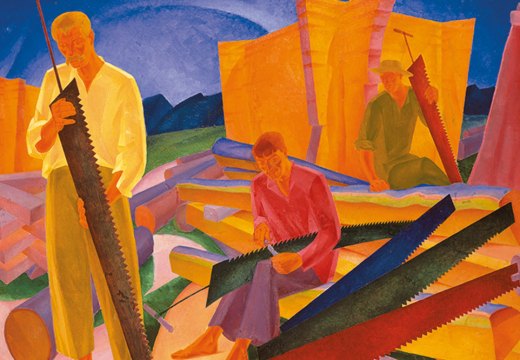




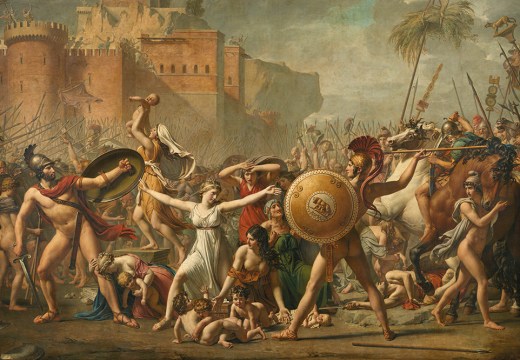



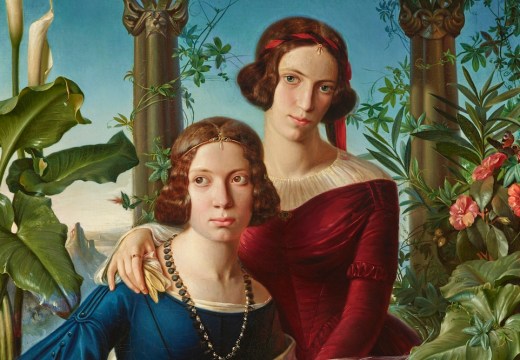
![Masterpiece [Re]discovery 2022. Photo: Ben Fisher Photography, courtesy of Masterpiece London](http://www.apollo-magazine.com/wp-content/uploads/2022/07/MPL2022_4263.jpg)
What Frank Stella saw – and what he made us see